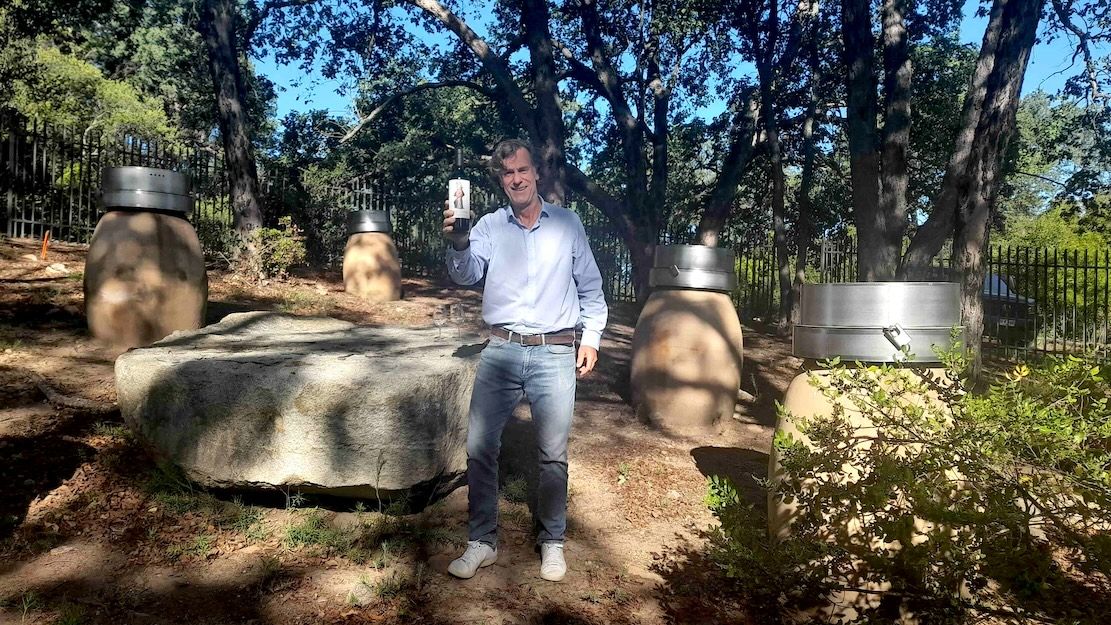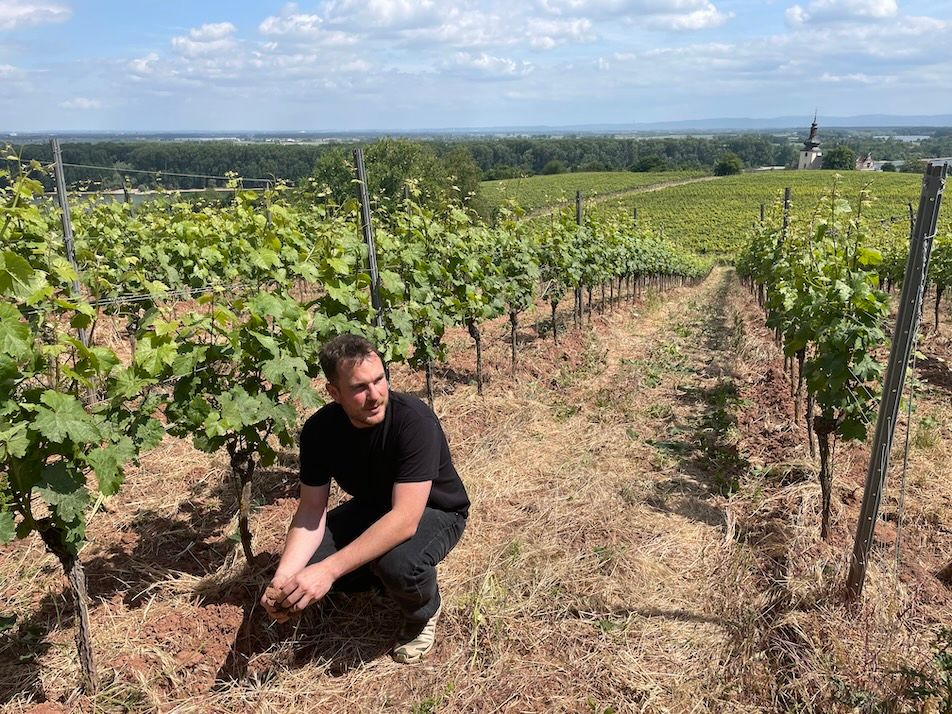Graham Beck, De Wetshof, Springfield, Zandvliet, Excelsior Estate, Esona, Wolfkloof and Kranskop are the wineries highlighted during the Buyer’s visit to Robertson, an area that still bears the hallmarks of its early Scottish influence.
Although it may not possess the bling of Stellenbosch or the Franschhoek Valley, another wine district in the western Cape, Robertson, is enjoying a major rise in its profile.
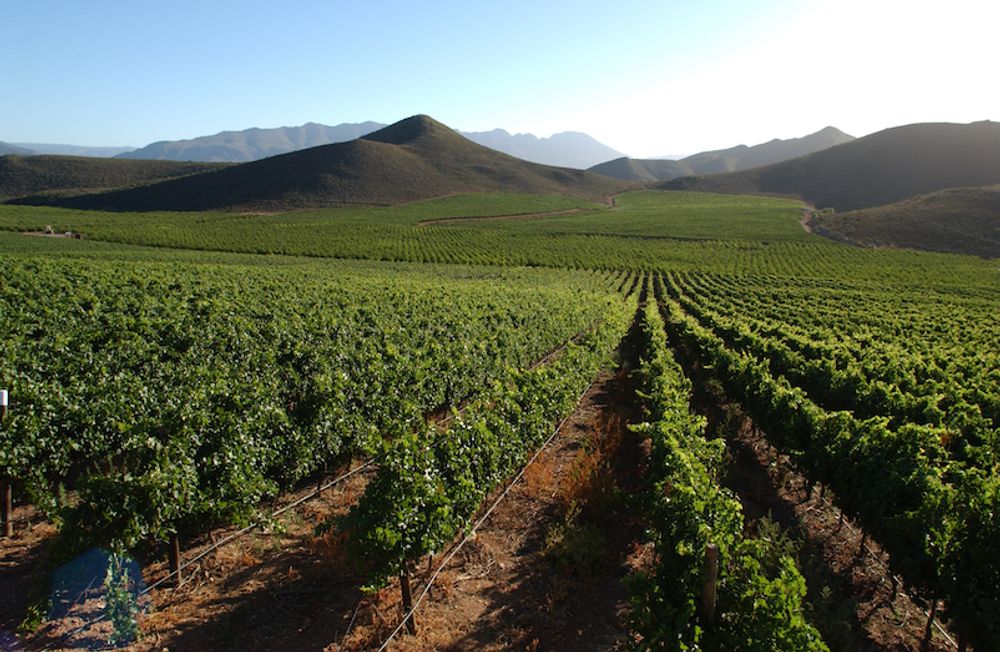
The view at Viljoensdrift Winery
If its erstwhile reputation for bulk wine production deflected attention from its premium sparkling and white wines, stellar wineries like Graham Beck, De Wetshof and Springfield are attracting ever increasing numbers to their cellar doors.

Tourism is becoming increasingly important here
Throw in a whole host of quality boutique wineries, the beautiful scenery of the Breede River Valley and the Langeberg Mountain range, as well as the delightful art deco Montagu Hotel, and you have all the ingredients for another premier wine tourism destination. Only two hours’ drive from Cape Town, it is very accessible.
The secret is down to the limestone
Leading Robertson’s charge has been Graham Beck, not just South Africa’s sparkling wine champion but also winner of the Tri Nations bubbly challenge organised by The Buyer’s Roger Jones.

Cellar master Pieter ‘Bubbles’ Ferreira is in no doubt as to the basis of Robertson’s success.
“Limestone is the big secret here,” he revealed. “We have the richest natural limestone deposits in the western Cape. All our peers and competitors in the Cap Classique [sparkling] category are buying Robertson fruit, which is more forgiving and has more flavour than elsewhere.”
“So we most probably have proven a point. Limestone stone ensures low pH and natural acidity, so it’s ideal for bubblies.”
Robertson’s other great natural asset is its diurnal range, one of the widest in the western Cape. Most afternoons, a cooling breeze comes in to offset the morning heat.
“I love talking about it because we can have a 38-40 degree day but at night need to put on a jersey,” Ferreira continued. “Show me another area that’s got this. This diurnal shift is a big quality factor.”
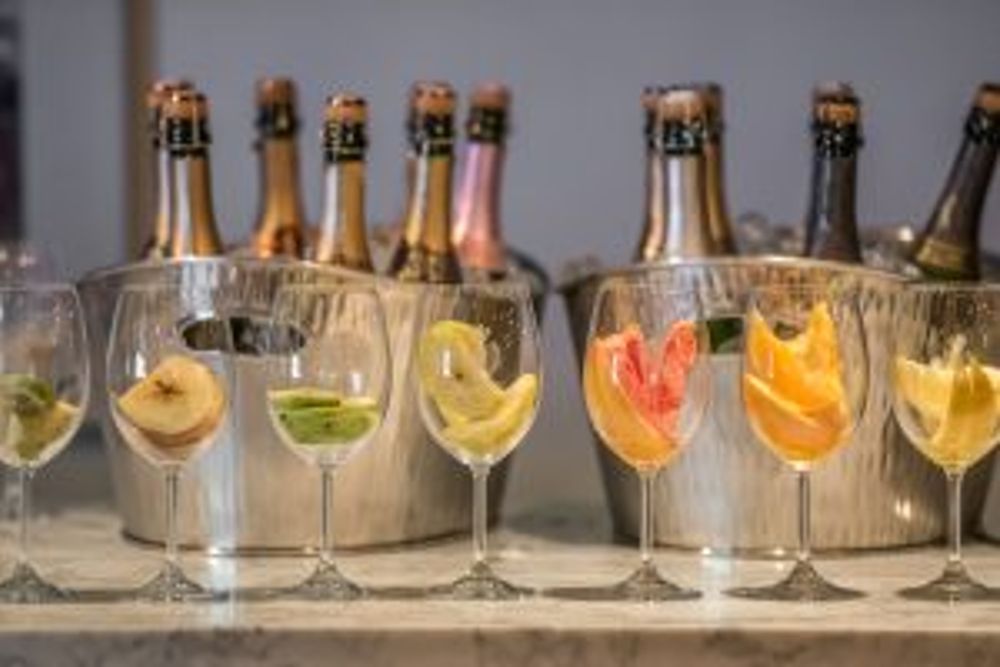
Bibendum, Graham Beck’s UK distributor for the past 14 years, reports that demand for the winery’s bubbly in the UK is rising by 27% per annum. In the USA, the annual increase is even higher at 32%, helped no doubt by Barack Obama’s public endorsement of Graham Beck sparklings when he was President. Nelson Mandela did the same in South Africa.
To satisfy this new demand, the winery’s owner, Anthony Beck, who lives in Kentucky, wants to increase annual production from the current level of 1.2m bottles to two million. Two years ago, output was 800,000 bottles and ten years ago 500,000.
Graham Beck’s yields compare very favourably to those of Champagne.
“Our average take per hectare is 12 tons,” Ferreira said. “In Champagne, who are feeling the pressure as Prosecco gives them a run for their money, the average yield over the last four years is 14.5 to 15 tons per hectare. We produce 2200 tons in Robertson and need another 800 from other geographical areas. We have a reserve wine programme so that we can keep the consistency and continuity going.”
Robertson is not just about the sparkling wines
No less consistently good a producer is De Wetshof, which arguably makes South Africa’s best and widest range of Chardonnay.
The de Wet family crafts five different versions of the varietal from the unoaked Limestone Hill label to the flagship Bateleur, which sees 100% new oak and comes from 30-year old, ultra low-yielding vines. Ellis of Richmond distributes these along with a promising Pinot Noir.
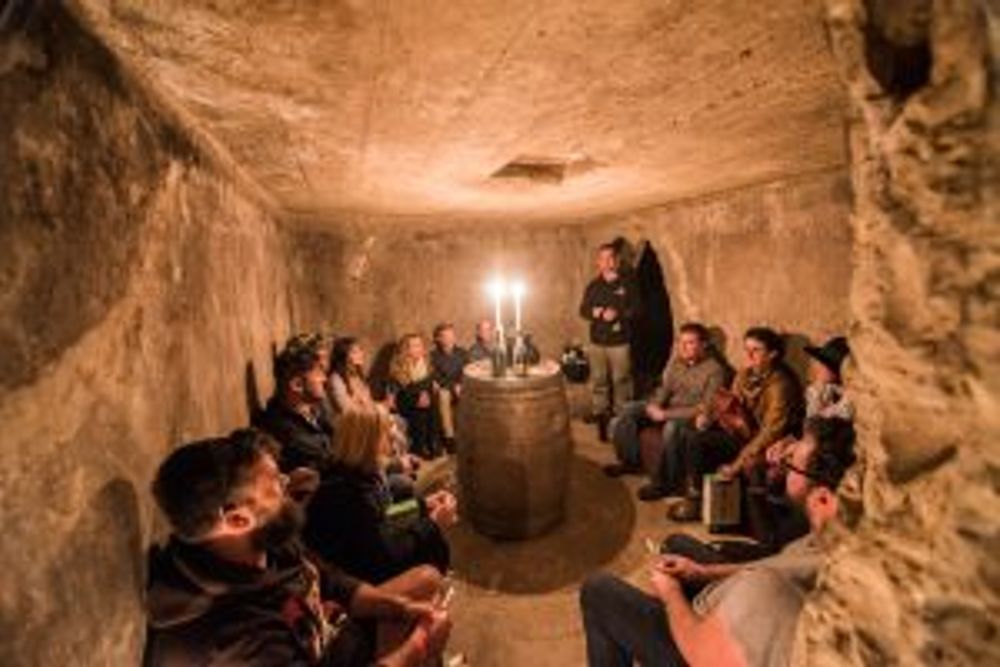
The limestone being put to good effect for a tasting
Just down the road from De Wetshof can be found the welcoming cellar door of Springfield, whose ‘Life from Stone’ label is one of South Africa’s most appealing Sauvignon Blancs.
Just released is their Methode Ancienne Cabernet Sauvignon 1997, which was aged for three and half years 18 metres under water in galvanised cages in the Indian Ocean off Cape Agulhas. It showed superbly.
So too did Zandvliet’s Hill of Enon ‘Small Berry Pick’ Shiraz 2015.

One of the oldest estates in Robertson, with a lovely old Cape Dutch manor house that is being converted into a top-end guesthouse, it comprises 800 hectares, of which only 60 are now under vine.
As much as 340 hectares are citrus-planted, the new owners opting for apple production that can be three times more profitable than grapes in South Africa.
Adjacent to Zandvliet is the Excelsior Estate, the number one South African brand in the USA to which it exports 85,000 cases per year. Its entry-level wines also go to the UK, as does its mid-market San Luis Shiraz 2013.
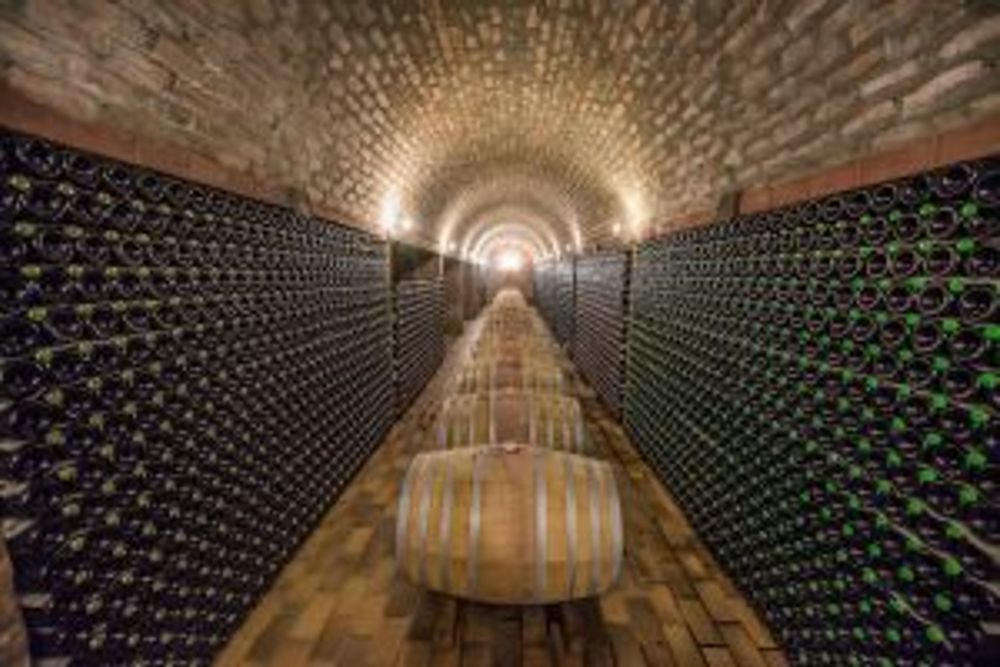
That label takes its name from an Excelsior racehorse (the estate also being a renowned thoroughbred stud), which won the Cape’s 2000 Guineas in 1981 and, with it, the then considerable prize money of 100,000 Rand.
The sum bailed out the winery that year when all of its vines were washed away by floods.
Excelsior’s manor house is a delightful place to stay after its conversion to a B&B; likewise the Montagu Hotel in the beautiful little town of Montagu fifteen miles east of Robertson. The actual wine district of Robertson has as many as nine wards (or sub-appellations), more than any other in the western Cape.
Two of these wards are Bonnievale and McGregor, names that point to early Scottish influence. One Scottish descendant, Rowan Beattie, owns Esona, a promising boutique winery that exports to the UK through The Real Wine Company.
Other winemakers to watch out for in the region
Despite its name, though, Robertson is predominantly Afrikaans. Jan Kannenmeyer at the splendidly-named Wolfkloof makes some interesting wine, while Newald Marais, the former Nederburg winemaker, is crafting some superb single varietals, including Viognier and Tannat, at Kranskop.

A visit to this stunningly appointed winery is a must, for Marais is a charming host and the views spectacular. Viljoensdrift’s cellar door, too, is worth seeking out, being right by the Breede River and offering cruises up and down it.
It is easy to see, therefore, why Robertson has become one of the fastest growing wine destinations in the western Cape. The wines have the requisite quality, the district is full of characters, the locals friendly and the scenery dramatic. Once the western Cape’s hidden gem, it is now thrusting itself into the limelight.
All pics copyright Robertson Wine Valley






